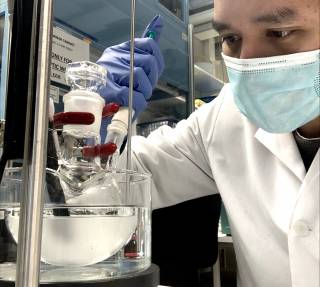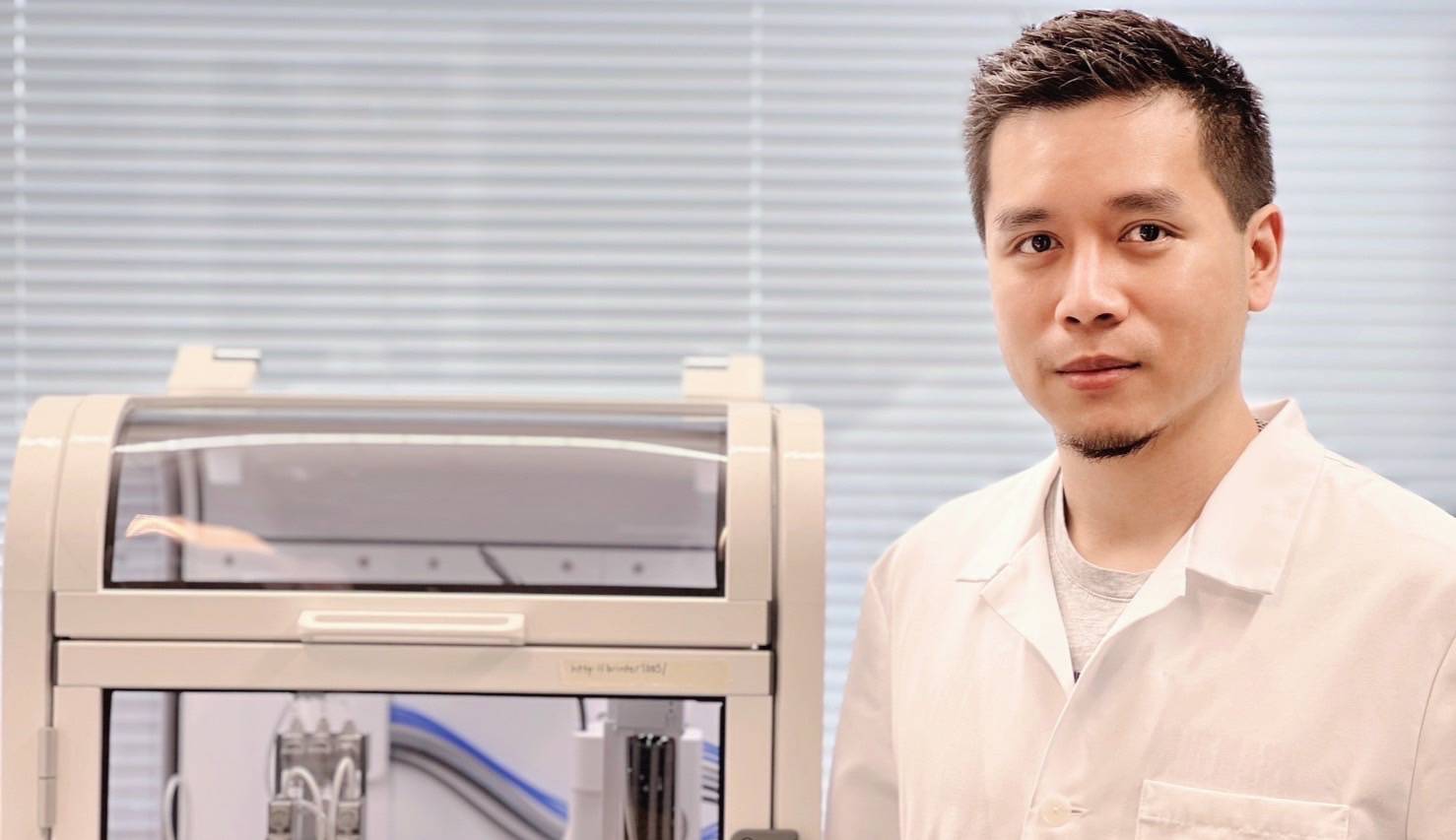Text: Anastasiia Yiannacou
Photo: Vijay Parihar
Hatai Jonprasitkul completed his BSc in Biomedical Engineering at Mahidol University in Nakhon Pathom (Bangkok region), Thailand. His interest in materials science led him to explore study opportunities worldwide. “I was drawn to Finland because of its renowned educational system, supportive research environment, and excellent facilities”, Hatai Jongprasitkul mentioned, when asked about his choice of Tampere University. With his background in tissue engineering, biomaterials, and biophysics, he initially enrolled in a Master’s program and later pursued a Doctoral degree in Biomedical Sciences and Engineering at Tampere University.
One lecture changed the career path
Having discovered an opportunity in Finland for a Master’s Degree, Hatai Jongprasitkul delved deeper into polymer sciences and material engineering. He completed his Master’s thesis under the supervision of Prof. Minna Kellomäki and Dr. Teresa Calejo, focusing on creating implant biomaterials for patients with eye disease.
Jonprasitkul initially considered pursuing a career in industrial management after finishing his Master’s Degree, but after listening to the lecture on 3D printing for skin regeneration by Prof. Gordon Wallace (University of Wollongong, Australia) he changed his mind and decided to explore the field of biomaterials for medical 3D printing.

From Research Assistant to Pioneering in 3D printing materials for living cells
Shortly, after finishing his Master’s Degree, Hatai Jongprasitkul continued as a research assistant and project researcher, focusing on various topics in nanoparticles and organic chemistry. These experiences paved the way for his PhD topic in developing hydrogel materials for 3D printing of living cells. He collaborated with Dr. Vijay Singh Parihar and Dr. Sanna Turunen who are experts in polymer chemistry and biomaterial fabrication. In total, they published five scientific papers and currently working on two more. Prof. Kellomäki continued supervising his PhD.
“You put water into a bottle, it becomes the bottle… Be water, my friend,” Jongprasitkul quotes Bruce Lee.
Water is the key element in his work. The materials in which cells are 3D printed for medical purposes require a very high water content. Hydrogels, which are naturally high in water, are therefore used as the printing “ink”. These so called bioinks require extensive work in tuning the chemistry so that the cells stay alive during the printing process and that the end product, a skin graft for instance, stays in the required shape.
It’s about “adaptability and compatibility in the field of bioprinting, much like water’s ability to conform to its surroundings”
Understanding the chemistry and flow behaviour of the bioinks
What contributions Jongprasitkul’s PhD work have to science? He produced in-depth knowledge of the flow behavior of bioinks so that they would be suitable for injecting, molding or printing. For tuning the hydrogels, Jongprastikul’ chemically modified them with different organic molecules that would not harm living cells or tissues.
“Understanding how to modify different bioinks opens up a wide range of possibilities, from injectable to adhesive hydrogels”, Jongprasitkul explained when thinking about future research.
Hatai Jonprasitkul’s PhD thesis and link to the defence event on 20 Oct 2023.

